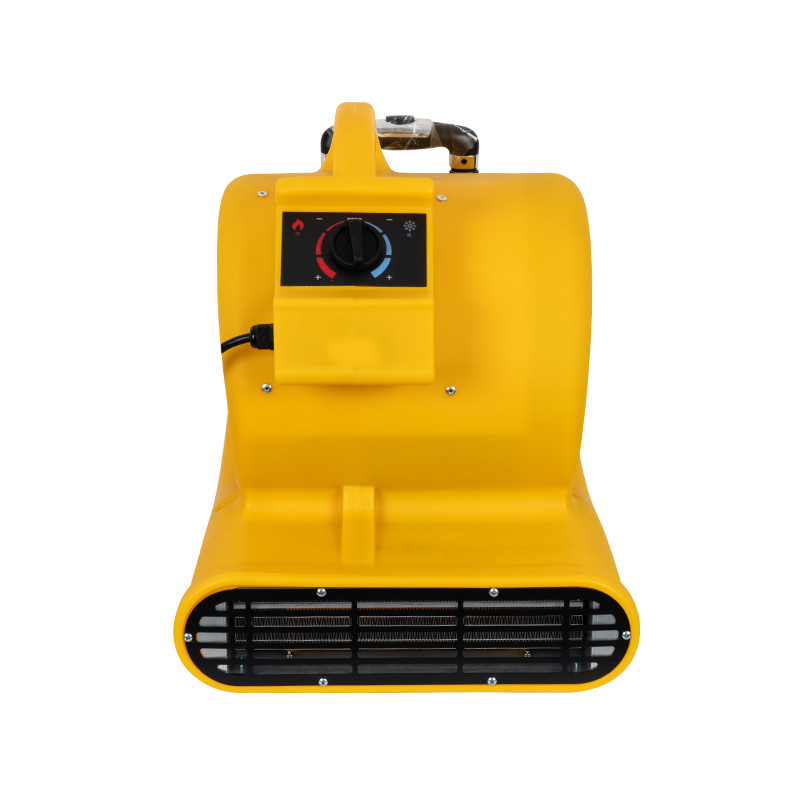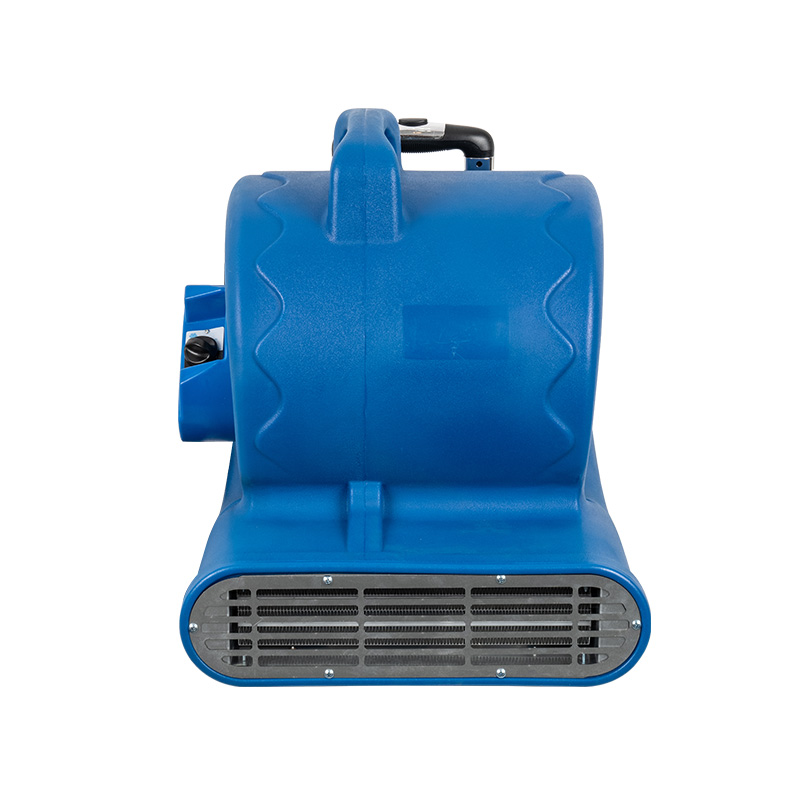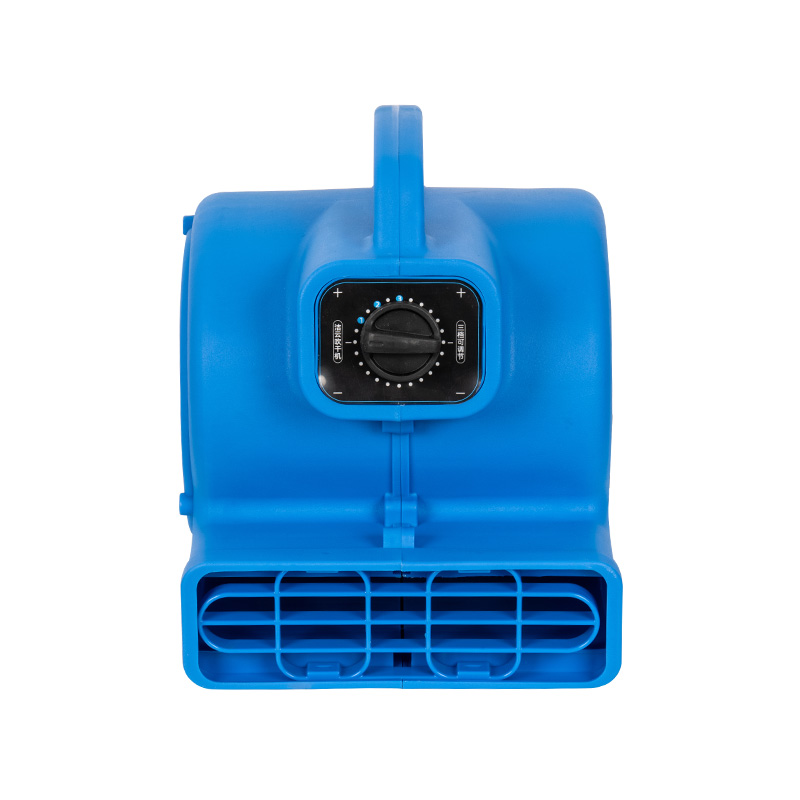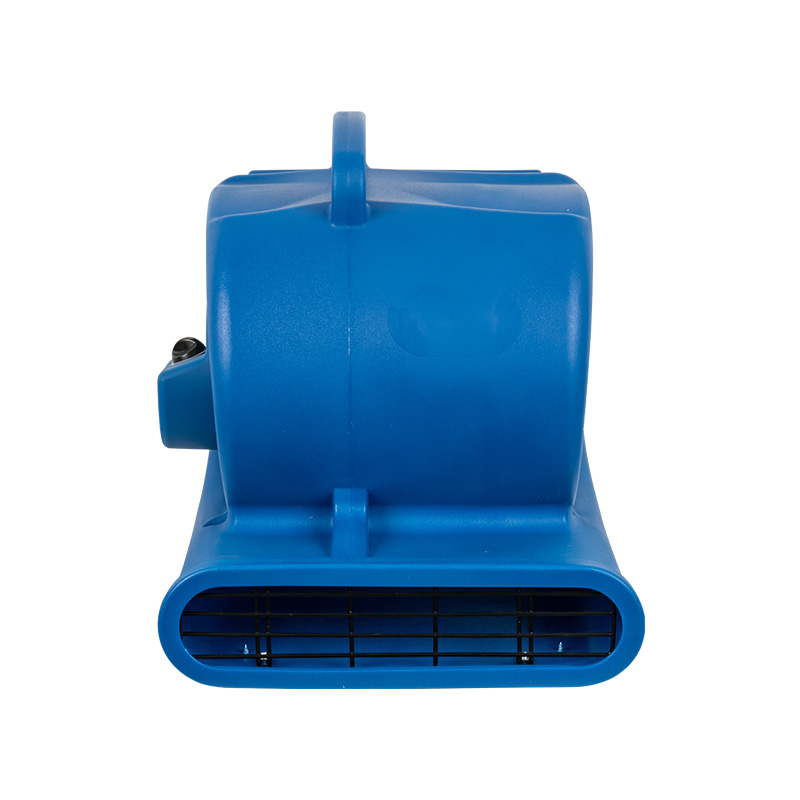
With the continuous advancement of industrialization, environmental pollution has become increasingly severe, especially in the industrial sector, where air pollution has become a significant challenge. During industrial production, the emission of pollutants such as exhaust gas, dust, and chemical gases not only threatens the health of workers but also affects the quality of the production environment, ultimately impacting production efficiency and product quality. To address this challenge, air scrubbers, as highly effective pollutant removal equipment, have become a crucial tool for major industrial enterprises to improve production environment quality, protect employee health, and comply with environmental standards. Air scrubbers have been used across multiple industries, not only improving workplace air quality but also contributing to industry upgrades through multiple benefits, such as optimizing the production environment, reducing the incidence of occupational diseases, and increasing production efficiency.
Air scrubbers provide far more than simple air purification. They are often equipped with a variety of advanced technologies, such as HEPA filters, activated carbon adsorption, and photocatalytic oxidation, providing effective treatment solutions for a variety of industrial pollutants.
1. Chemical Industry: The chemical industry is often one of the most polluting sectors. This is particularly true during the production of paint, plastics, and rubber. Emissions of volatile organic compounds (VOCs), nitrogen oxides (NOx), and other toxic gases pose a significant threat to the environment and worker health. Air scrubbers, through efficient activated carbon adsorption technology, can effectively remove these harmful gases, reducing VOC concentrations in the air and mitigating worker exposure. Photocatalytic technology, applied in the chemical industry, can decompose toxic gases like formaldehyde and benzene in the air, converting them into harmless substances, thereby ensuring air quality in production workshops and protecting employee health.
2. Electronics Manufacturing: The production of electronic products, such as soldering, cleaning, and coating, often releases large amounts of chemical gases and fine particulate matter. These gases not only pose a threat to worker health but also contaminate the electronic components being produced, impacting product quality. Installing air scrubbers, particularly those equipped with HEPA and activated carbon filters, can effectively remove harmful airborne substances, protecting worker health while also preventing the impact of static electricity and dust on the production process and improving product quality.
3. Food Processing Industry: During food processing, air quality is directly related to food hygiene and safety. Especially during food processing and packaging, bacteria, mold, odors, and harmful gases in the air can adversely affect food. Air scrubbers use HEPA filters to effectively remove bacteria, viruses, and other microorganisms from the air, ensuring fresh, pollution-free air in the workshop and further improving the safety of the food processing environment. Furthermore, activated carbon filters can remove odors from the air, preserving the original flavor and quality of food.
4. Metallurgy and Metalworking Industry: The metallurgy and metalworking industries often generate large amounts of metal dust, fumes, and other harmful gases during production. These pollutants not only cause respiratory problems for workers but also affect the operation of production equipment, increasing maintenance costs. Air scrubbers use efficient filtration technology to effectively remove these suspended particulate matter and toxic gases, ensuring clean air in the workshop, reducing the incidence of occupational diseases, and extending the life of equipment.
5. Textile Industry: In the textile industry, production processes such as dyeing, printing, and spinning often release large amounts of dust and volatile organic compounds (VOCs). These pollutants pose a significant threat to worker health and the environment. Air scrubbers can effectively remove particulate matter and toxic gases from the air, protecting workers' respiratory health. They also effectively reduce the concentration of harmful gases in the air, maintaining fresh air in the workshop and providing a healthy and safe working environment.
Air scrubbers can achieve significant results in various industrial environments, primarily due to their advanced technical design and efficient purification capabilities.
1. HEPA Filter Technology: High-efficiency particulate air (HEPA) filters are one of the most critical filtration components in air scrubbers. They offer extremely high filtration efficiency, removing 99.97% of airborne particles 0.3 microns or larger. In industrial environments, especially those with severe dust pollution, HEPA filters effectively remove harmful substances such as dust, pollen, smoke, and bacteria, protecting workers' respiratory health.
2. Activated Carbon Adsorption Technology: Activated carbon's surface possesses a rich microporous structure, enabling it to strongly absorb harmful gases in the air, particularly toxic gases such as volatile organic compounds (VOCs), ammonia, and formaldehyde. Many industrial enterprises release large quantities of harmful gases during their production processes. Activated carbon filters effectively absorb these harmful substances, reducing their concentrations and ensuring fresh air that meets environmental standards.
3. Photocatalytic Oxidation Technology: Photocatalytic technology has been a recent innovation in the air purification field, particularly with significant advantages in treating organic pollutants. Under the influence of ultraviolet light or other light sources, photocatalytic materials (such as titanium dioxide) decompose harmful substances in the air, such as formaldehyde, benzene, and ammonia, converting them into harmless substances. Photocatalytic oxidation technology is often used in industrial environments where efficient decomposition of toxic and harmful gases is required, further enhancing the purification capabilities of air scrubbers.
4. Negative Ion Technology: The negative ion generator in air scrubbers releases large amounts of negative ions, which absorb fine particulate matter, such as dust and smoke. Negative ions charge these fine particles and attract them to the air scrubber's filter surface, effectively removing pollutants. This technology is particularly suitable for treating fine particulate matter in industrial environments, such as smoke and dust.
Air scrubbers are more than just simple air cleaning tools. They offer multiple benefits in industrial settings, significantly improving the quality of the production environment.
1. Improving Worker Health: Long-term exposure to harmful gases and particulate matter can lead to respiratory illnesses, allergies, and other health issues. Using air scrubbers effectively removes airborne pollutants, reducing the risk of occupational illnesses and improving worker health.
2. Improving Production Efficiency: Fresh, pollution-free air significantly enhances worker comfort and mental well-being, thereby increasing production efficiency. Furthermore, clean air effectively prevents equipment failures caused by pollutant accumulation and improves operational stability.
3. Helping Businesses Comply with Environmental Standards: With increasingly stringent global environmental regulations, many countries and regions are requiring industrial enterprises to reduce exhaust emissions. Air scrubbers can effectively remove harmful substances from exhaust gases, helping companies comply with environmental regulations and avoid fines and production suspensions due to excessive emissions.
4. Reduced production costs: Air scrubbers can effectively extend the life of equipment and reduce equipment failures and repair costs caused by pollutant accumulation. Furthermore, the use of air scrubbers can reduce worker sick leave due to occupational illnesses, lowering medical and human resource costs.

Three-Stage Filtration: The air scrubber features a three-stage filtration system that includes a pre-filter (MERV-10), carbon filter, and H13 HEPA filter. It effectively removes dust, pollen, smoke, ...
See Details
The AM-B01 High Air Volume Thin Carpet Dryers are equipped with a powerful motor that generates a high volume of airflow to ensure that your carpet dries thoroughly and quickly. This high air volume n...
See Details
The AM-A01 Hot and Cold Carpet Drying Fans are versatile units designed to speed up the carpet drying process by utilizing hot and cold air. Combining the benefits of hot and cold air circulation, the...
See Details
AM-A02 Multi-wing Centrifugal Wind Wheel Carpet Dryers effectively increase wind power and airflow for faster and more efficient carpet drying through the use of multi-wing centrifugal wind wheel tech...
See Details
The AM-A03 Small Axial Floor Carpet Dryer is a highly efficient and versatile drying unit with a centrifugal air mover for faster surface drying. Not only is it suitable for drying carpets, floors, fu...
See Details
The AM-A04 Lightweight Portable Carpet Wall Floor Dryer features advanced centrifugal air movement technology for faster surface drying results. Not only is it suitable for a wide range of carpet, flo...
See DetailsStore Information
No. 88, Yuexin Road, Sanjiang Street, Shengzhou City, Shaoxing City, Zhejiang Province, China
+86-13819532379
Links
Products
Mobile Terminal